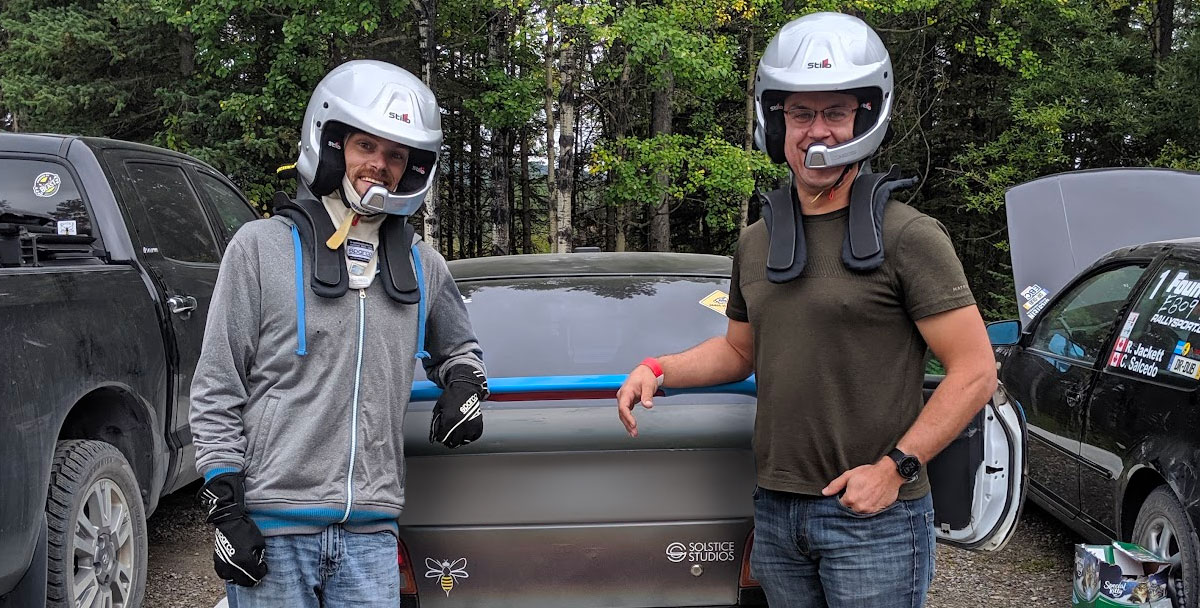In early 2010, Megan Frazier had just moved from Omaha, Nebraska, to Copperas Cove, Texas, a small city in the center of the state. Frazier, an occupational therapist, took a job at a rehabilitation clinic in nearby Belton, working mostly with patients with brain and spinal cord injuries.
The idea was to help her patients regain mobility, but at the heart of it was something bigger: helping them to reclaim independence. “That’s what occupational therapists do,” she says. “We promote independence.”

With that in mind, when some of her patients asked when and how they could start driving again, Frazier spotted a problem. Her new community didn’t have any specialists who could work with her clients behind the wheel.
“If you live out in a rural community and you can’t drive, you can’t access basic things like groceries, medication, doctors, church,” she says. “Independence and driving are linked.”
Driver Rehabilitation Specialist
Frazier, then six years into her career, made a decision: She would train to become a driver rehabilitation specialist, an occupational therapist who teaches patients how to use a vehicle with modified controls, including hand accelerators, hand brakes, left-foot accelerators and/or modified steering wheels.
When Frazier committed to switching her career to focus on driver rehab, she took all the courses she could from the American Occupational Therapy Association and The Association for Driver Rehabilitation Specialists as well as taking classes required by the Texas Department of Licensing and Regulation to earn her Texas driver education teaching assistant license.
Months of learning culminated in Frazier opening her own business, Functional Stability and Mobility, LLC. Now, she logs between 600 and 1,000 miles a week in her Outback, which is outfitted with adaptive controls for steering, acceleration and braking, helping clients who have adaptive challenges ranging from arthritis to multiple sclerosis or Parkinson’s disease.
Need modifications for your vehicle? Subaru Mobility Assist provides help to qualifying owners.
Megan Frazier’s Subaru Outback
Frazier chose an Outback for her work after a thorough search to find a vehicle that would fit her clients’ needs. She appreciates Subaru EyeSight®1 Driver Assist Technology, an advanced safety feature, and the spaciousness of the Outback provided room to install hand controls and other modifications.
Depending on who’s driving the vehicle, Frazier can easily switch between standard and adaptive controls. “I can hit a button, and it will turn on the hand controls for the person who needs those to drive,” she says.
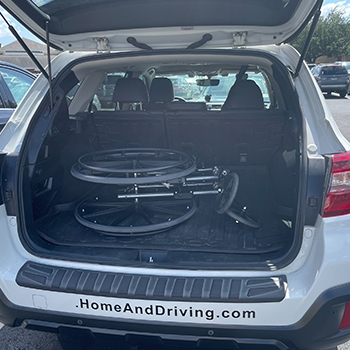
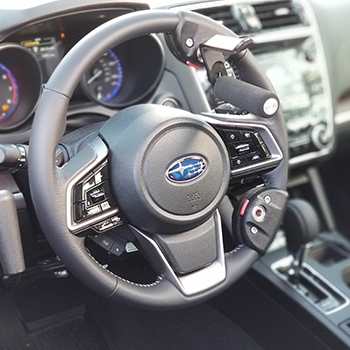
Frazier used a national company, MobilityWorks®, to do her installation. She says it’s important to get this type of equipment through a retailer or company with a National Mobility Equipment Dealers Association certification.
“You can buy hand controls and car modifications off eBay and Amazon,” Frazier says, “but it’s not a good idea because you want to make sure the equipment is installed safely and that it integrates with the car’s systems.”
In addition to the modifications she installed, there are also more thorough modifications available that allow a person to drive while sitting in a wheelchair.
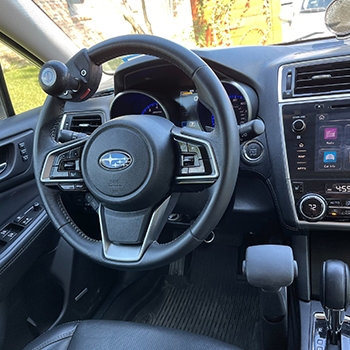
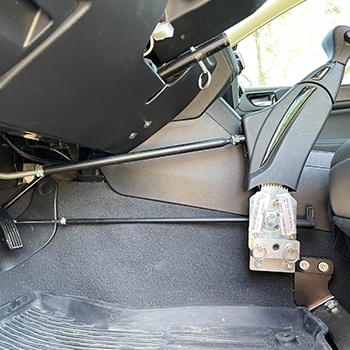

More Than the Equipment: Relearning How To Drive
Today, Frazier crisscrosses Texas to work with drivers from younger people getting behind the wheel for the first time to those with more experience.
After Loretta Myers, a San Antonio native, had both of her legs amputated, she went to Frazier to relearn how to drive. “When Megan first started showing me how to drive with the modifications, I was a little taken aback,” Myers says. “I had to learn how to not take off too fast and not to brake too fast.”
But once Myers got the hang of it, it changed her life. “Before I got the modifications, I had to have everyone drive for me,” she says. “I now have the freedom to be able to drive myself everywhere. My experience working with Megan was such a blessing.”
Frazier’s kids appreciate her work too. “My Outback has my business name on it, so my daughter gets a lot of questions about what I do,” Frazier says of her 12-year-old. “And she’ll tell people, ‘My mom helps people learn to drive who have disabilities or have challenges that they can’t drive in a standard way.’ She’s proud of it, which is really cool.”
1 EyeSight is a driver-assist system that may not operate optimally under all driving conditions. The driver is always responsible for safe and attentive driving. System effectiveness depends on many factors, such as vehicle maintenance, weather and road conditions. See Owner’s Manual for complete details on system operation and limitations. Requires automatic transmission.
Know someone who’d make a great fit for an Owner Spotlight? Submit with the story title “Owner Spotlight.”





